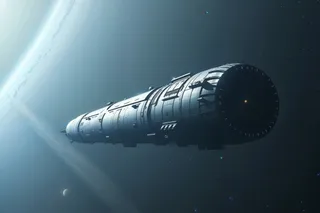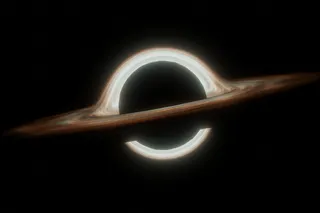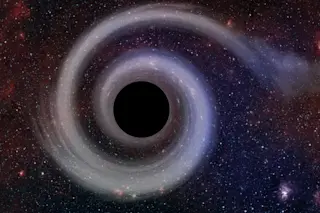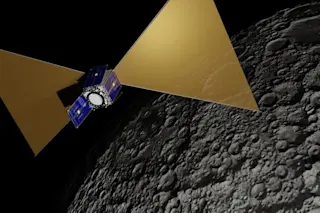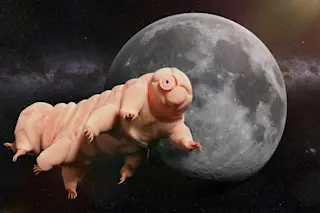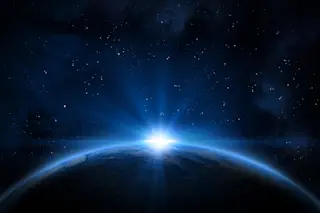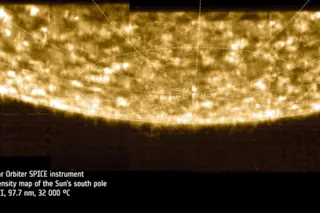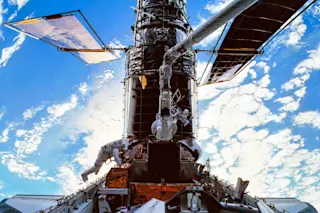
The thing about crossing into uncharted territory is that you may not know when, exactly, you have crossed into it. No one needs to tell that to the Voyager 1 spacecraft, which is currently at the center of a controversy about where the solar system ends and interstellar space begins. Today, a press release from the American Geophysical Union initially stated Voyager had left our solar system. Two hours later, though, they issued a correction calling Voyager’s current location a “new region of space,” which is considerably less flashy (but equally scientifically valuable). The NASA Jet Propulsion Laboratory, which oversees the spacecraft, weighed in with a press release saying that no, in fact Voyager was still in the solar system. So why the controversy? What is the debate about the boundary of the solar system? And what is this “new region” of which the scientists speak? Let’s begin at the beginning. NASA launched Voyager 1 in 1977. Since then, the 1,600-pound (722 kilogram) probe has been zipping away from Earth and toward the edge of the solar system. It is currently more than 11 billion miles from the Sun, which is nearly three times as far out as Pluto is (don’t worry, Pluto; Voyager isn’t a planet, either). But moving 11 billion miles from home isn’t always enough to free you of its influence. In the case of the solar system, the region where the Sun’s influence dominates is known as the heliosphere. Here, the Sun has blown high-speed, charged pieces of itself into a womb-like bubble. Since 2004, Voyager 1 has been traveling in a subsection of the outer heliosphere: the heliosheath, where the solar wind slows down in response to pressure from the interstellar medium, which is the combination of winds from other, distant stars. When the influence of the solar wind and the interstellar medium are equal, the solar system ends, or so we say, and actual interstellar space begins. But determining whether or not Voyager has arrived there is no simple task. The paper causing all the controversy has to do with cosmic rays (high-energy charged particles) both in and from outside the solar system. The authors state that on August 25, 2012, Voyager 1 saw a 90 percent drop in anomalous cosmic rays (those trapped in the solar system). At the same time, the number of galactic cosmic rays, from outside, doubled. Bill Webber, professor emeritus of astronomy at New Mexico State University in Las Cruces and an author of the paper, calls this abrupt change the “heliocliff,” a coinage that deserves to catch on. The flip in cosmic ray intensities caused some scientists to say Voyager was now primarily under the influence of Space with a Capital S rather than ensconced in our protective heliosheath. But other scientists asked those scientists to hang on a second, because what about the magnetic field? Well, the magnetic field is supposed to change at the edge of the solar system, when the Sun’s magnetic influence tapers off. The data of what Voyager is seeing in terms of magnetic field, however, have not been released yet. If the magnetic field and the cosmic ray counts changed at the same point in space, we may soon see another press release with the title “Voyager 1 has left solar system”---but only time, and publications forthcoming in Science, will tell. Till then, and forever after, Voyager 1 will continue to travel farther and farther away, and even if it hasn’t crossed out of the heliosphere yet, it certainly will one of these days.
Sarah Scoles is an associate editor at Astronomy magazine
.
Follow her on Twitter @ScolesSarah.
Image courtesy NASA JPL


